An epicurean adventure to: Pakistan
This quick and easy Pakistani chicken karahi recipe is simply bursting with aroma, filling your kitchen with the most intoxicating smells while it cooks!
The amazing depth of flavour in this dish comes from simmering fresh tomatoes until they turn into a thick, rich sauce. Not to mention the excellent blend of herbs and spices that further compliments the curry.
It's typically served with naan, roti or a side of rice.
What is chicken karahi?
Karahi is said to have originated from the region of Khyber Pakhtunkhwa, which used to be known as the northern frontier of Pakistan.
Karahi gets its name from the special pan in which it is lovingly prepared, known as the karahi itself, or also called a kadai, a korai or a kadhi.
It's a close relative of the wok but with its own distinct features. Unlike a wok, a karahi is usually flatter in shape, with two handles instead of one. It is commonly crafted from sturdy cast iron, adding to its durability and unique cooking properties.
Cumin, green chillies, ginger, garlic, tomatoes and coriander are essential ingredients that lend their distinctive flavours to this popular dish. It represents the vibrant and diverse flavours that make Pakistani cuisine so loved and appreciated all across the globe.
For more curry recipes, try this aromatic beef curry with coconut milk, Nepalese chicken curry, or this oven-baked Pasanda curry. For something a little different, give this easy South African bobotie a try too!
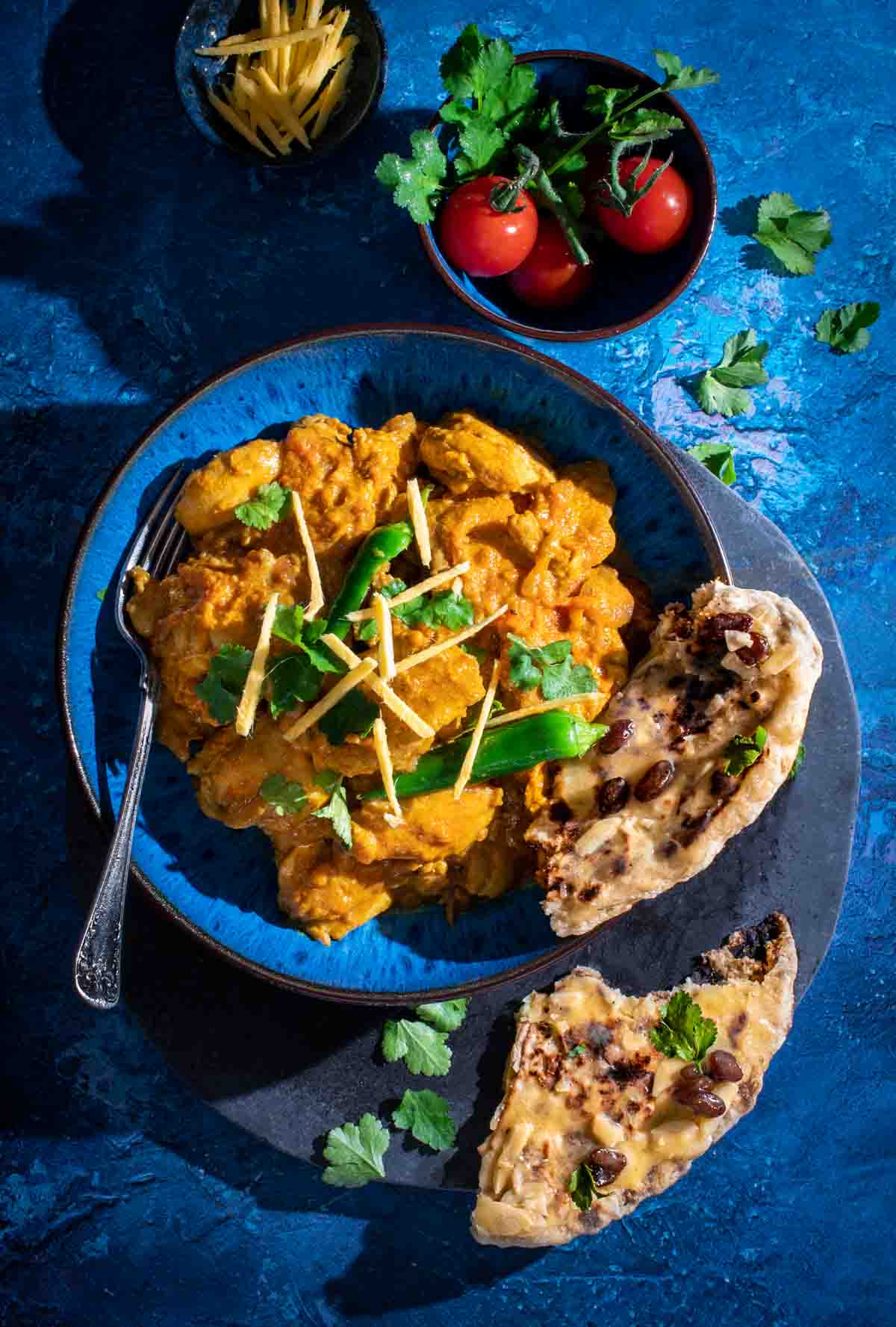
Jump to:
Fast facts - Pakistan

| Location | South Asia, bordered by India to the east, Afghanistan and Iran to the west, China to the north and the Arabian Sea to the south. |
| Language | The official language of Pakistan is Urdu. However, there are several regional languages spoken across the country, including Punjabi, Sindhi, Pashto, Balochi and others. |
| Population | Circa 225 million people |
| Trivia | Pakistan is famous for its vibrant and intricately decorated trucks. These colourful trucks are adorned with beautiful artwork, calligraphy and embellishments, reflecting the country's cultural heritage. |
What's to love about this recipe
- This delicious curry is ram-packed with aromas and depth of flavour.
- Quick and easy stove-top dish that takes no more than 30 minutes to make.
- You can adjust the heat level if you don't like things too spicy. See further down for suggestions.
- While a traditional karahi wok is often used to prepare this dish, it's not a requirement. You can still achieve fantastic results using a regular cooking pan or skillet.
- Gluten-free.
Key ingredient notes and substitutions
Chicken thighs
If you prefer to skip the process of deboning and removing the chicken skins yourself, you can opt for the already-prepped version available at your local grocery store.
Alternatively, you can use skinless chicken breasts, but, we highly recommend using thighs, which are often referred to as the 'brown meat' of the chicken.
Thighs tend to be far more flavourful and juicy, making them the tastiest part of the chicken for Chicken Karahi.
Or use your favourite parts using a whole chicken, skin and bones removed, 800g worth.
Tomatoes
For this recipe, it's important to use fresh, whole tomatoes instead of canned chopped tomatoes. The tomatoes are the key ingredient in the curry, and using fresh ones really makes a difference in the final outcome.
The riper they are, the better! We like the sweeter varieties like Roma tomatoes.
Red onion
This can be swapped with white or brown onions.
Garlic
Hold onto your garlic-loving hats because this recipe calls for a whopping two tablespoons of crushed, fresh garlic!
It might sound like a garlic overload, but trust us, this dish is all about that garlicky goodness.
Red chilli powder and green Thai chilli
The recipe as it stands, gives you a curry with a medium spice level, which is just a gentle simmer. If you want to tweak the heat levels to your liking, here are a couple of options:
- For a milder curry: Stick with half a teaspoon of chilli powder and skip the green chilli.
- For a more spicy curry: Add one teaspoon of chilli powder and throw in two green chillies. Proceed at your own peril...
Other flavourings
Finely grated fresh ginger, garam masala, turmeric powder, cumin powder, coriander powder, salt and fresh, chopped coriander for serving.
To learn more about these fragrant spices, check out our Spice charts!
Sugar
Here's a little golden rule we personally swear by when cooking with lots of tomatoes: Adding a dash of sugar to balance out the acidity.
Now, you can choose to skip this step, but a touch of sugar can work wonders in harmonising the flavours. It helps to mellow out any sharpness from the tomatoes and brings balance to the dish.
Yoghurt
We like to use Greek yoghurt, but any plain, full-fat, thick yoghurt will work. Low-fat yoghurts tend to split in the heat.
Oil
For frying. You can use any other neutral oil like vegetable oil, canola oil, sunflower oil, grapeseed oil, olive oil etc.
How to make chicken karahi - Quick summary
We've added several prepping steps to the recipe card.
While it's optional, it can make a world of difference in your cooking experience. When everything is already chopped, sliced and measured, preparing the curry becomes much easier and enjoyable.
This dish moves quickly since it's ready in just 30 minutes, so it's good to be prepared and have everything ready.
For the preparation:
- De-skin the tomatoes. An easy way to do this is simply by scoring the tomatoes' skin with the tip of a sharp knife.
- Cover the tomatoes fully in boiling water. Once the skins start peeling away from the tomatoes, you can easily remove them.
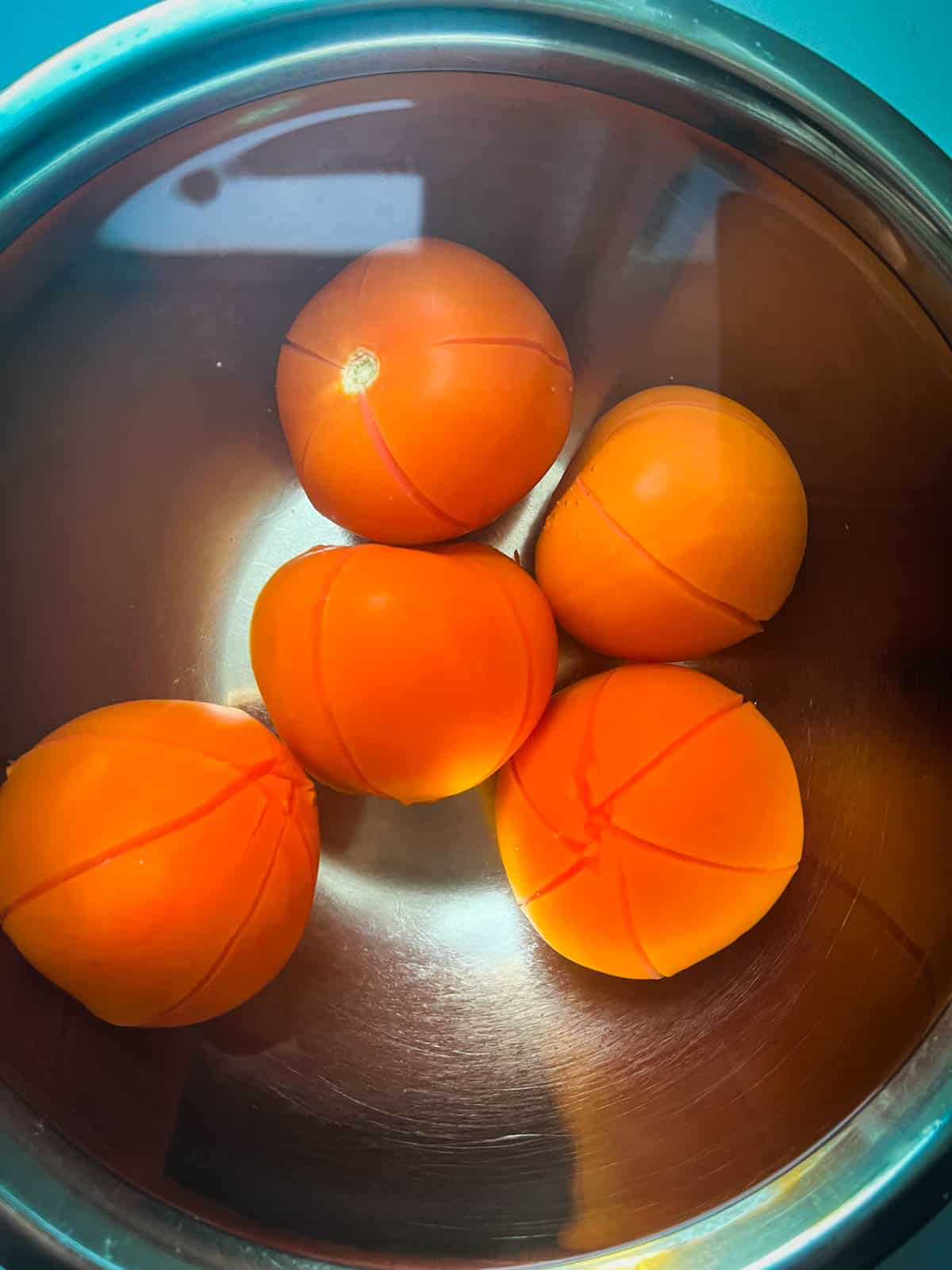
- Chop the tomatoes into rough chunks.
- Debone the chicken and remove the skins, cut into large chunks.
- Measure out all the spices into a single bowl.
- Chop the onion and crush or grate the garlic and ginger.
- Chop the coriander for serving.
To cook the karahi chicken:
- Heat the oil and fry the onions until soft and golden.
- Add the garlic and ginger.
- Add the spices.
- Add the salt, chilli, chicken pieces, tomatoes and sugar and stir to cover everything with the spices.
- Cover and cook for 7-8 minutes until the tomatoes have softened. Break any large pieces of tomato up with a fork.
- Uncover the pot and crank up the heat to very high. Let it cook for about 10 minutes, or until the tomatoes have reduced into a thick sauce and the chicken is fully cooked.
Important: Don't leave the curry unattended at this stage. The heat is intense, so make sure to stay vigilant and give the pot a good scrape every 30 seconds or so.
- Stir through the yoghurt and scatter over the coriander. Serve with rice, naan or roti.
Serving suggestions
- Top with julienned ginger and fresh, chopped coriander. Add a good grind of black pepper if you wish.
Serve with:
- Naan bread or Roti: Naans or roti, like this Peshwari naan and garlic naan, is a perfect way to mop up every last bit of the exquisite, thick gravy from your chicken Karahi.
- Rice: Fragrant rice like this coconut basmati rice and this yellow basmati rice provides the perfect base to enjoy your curry on.
- Raita: A refreshing yoghurt-based side dish, raita helps cool down the palate and complements the spiciness of the curry.
- Salad: A simple salad with fresh greens, sliced cucumbers, green bell peppers, tomatoes and a tangy dressing adds a crisp and refreshing element to the meal.
- Pickles and Chutneys: Spicy or tangy pickles, such as mango pickles or mixed vegetable pickles, along with flavourful chutneys like mint chutney or tamarind chutney, provide an extra burst of taste.
- Poppadoms: Thin and crispy lentil or rice-based poppadoms are a popular choice for a bit of crunch.
- Yoghurt: A cool and creamy side of plain yoghurt can help balance the spiciness of the chicken karahi.
- Onion Salad: Prepare a simple onion salad by thinly slicing onions and tossing them with lemon juice, salt and a pinch of chaat masala.
- Sliced Lemon: Serve some fresh lemon wedges on the side for brightness.
Storage
You can keep any leftovers covered in the fridge for up to 3 days. Just make sure to store it in an airtight container to maintain its freshness.
The flavours of the Karahi actually deepen and intensify when reheated the next day. So, don't be surprised if it tastes even better on the second round!
Reheating
To reheat your Karahi, simply cover it and place it in the microwave. Cook it for about 4-5 minutes, or until it's piping hot throughout.
Freezing
You can freeze the curry for up to 3 months. To defrost, simply transfer it to the fridge the day before you plan to eat it. When reheating, cover and microwave for 4-5 minutes until it's piping hot throughout.
FAQ
Technically yes, Kahari is a type of curry, but 'curry' in itself is a broad catch-all term used for a variety of different types of curry dishes.
Visually, kahari tends to be a slightly drier curry. The sauce it's cooked in is reduced drastically, at a high heat.
Other curries as we know it, tend to be a little more liquid.
Yes, you can. The majority of the dish is already dairy-free, just swap the yoghurt for a dairy-free version.
Kuh-raa-hee.
More curry recipes and their sides
Recipe
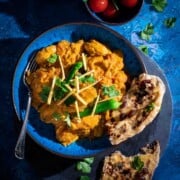
Quick chicken Karahi
Ingredients
- 2 tablespoons vegetable oil - for frying
- 100 grams red onion - diced
- 1 tablespoon ginger - finely grated
- 2 tablespoons garlic - finely grated/crushed/minced
- 1 teaspoon garam masala
- 1 teaspoon turmeric
- 1 teaspoon ground cumin
- 1 teaspoon ground coriander
- ½ teaspoon chilli powder
- 1 teaspoon salt
- 1 green Thai chilli - halved lengthways, seeds removed
- 800 grams chicken thighs - skin and bone removed, cut into large chunks
- 450 grams fresh tomatoes - skins removed, chopped
- 1 tablespoon sugar
- 2 tablespoons Greek yoghurt
- coriander for serving - chopped
Instructions
Start with the prep:
- To de-skin the tomatoes, score the skins lightly with the tip of a sharp knife.
- In a bowl, cover the tomatoes with boiling water. Leave them until the skins start to pull away from the tomatoes. This should take about 5 minutes.
- Drain the water and peel off the skins. Roughly chopped the tomatoes and set aside.
- De-bone the chicken thighs and remove the skins.
- Cut the chicken into large chunks, each thigh halved or cut into thirds, depending on the size of the thighs.
- Measure out all the spices into a bowl - garam masala, turmeric, ground cumin, ground coriander and chilli powder.
- Dice the onion.
- Half the chilli and remove the seeds.
- Crush or grate the garlic and ginger.
- Chop the coriander for serving.
Let's cook the Karahi!
- Heat the oil over a medium heat in a large, lidded saucepan or wok.
- Add the onions and fry until soft and golden, about 10 minutes. Turn the heat to low if the onions brown too quickly.
- Add the ginger and garlic and cook together for 30 seconds to release the flavours.
- Add all the spices you mixed together earlier - garam masala, turmeric, ground cumin, ground coriander and chilli powder. Stir through.
- Add the salt, two chilli halves, chicken chunks, chopped tomatoes and sugar. Stir well and ensure everything is coated in the spices. Bring it up to a gentle simmer.Cover the saucepan with a lid.
- Over a medium-low heat, cook for 7-8 minutes, or until the tomatoes are soft and starting to break apart.
- Remove the lid and gently break any large pieces of tomato up with a fork.
- With the lid now removed, turn the heat to very high and cook the curry for 10 minutes, or until the tomatoes have reduced down into a thick, rich sauce. Important: Don't walk away from the curry, you need to keep moving it around every 30 seconds or so. Keep scraping the bottom of the pan to ensure it's not sticking.
- Check that the chicken is cooked through. The chicken juices need to run clear with no pinkness.
- Turn the heat to low and stir through the Greek yoghurt.
- Check for salt and add more to taste. Remove from the heat.
- Scatter over the chopped coriander and spoon into serving dishes.
- Serve with a side of steamed rice, naan or roti.
Notes
**Nutritional data disclaimer**
Please keep in mind that the nutritional information provided below is calculated by a third party and we cannot guarantee the accuracy. We try our best to give you the most accurate information, but we do not take responsibility for errors that may be present. Also, the nutritional value of the recipe may change depending on the exact brands and products used. We recommend that you consult with a qualified healthcare professional or registered dietitian for personalised advice on your dietary needs.
Nutrition
For food safety advice, including guidance on food allergies
More curry recipes you might enjoy
Nepalese chicken curry - Our most popular curry recipe!
Aromatic beef curry with coconut milk
Or read all about Spices here!


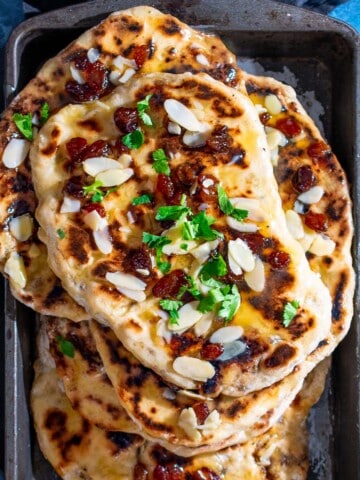
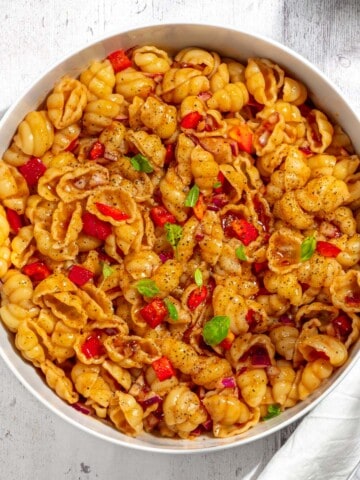
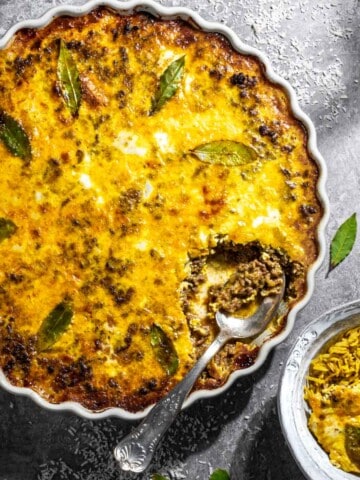
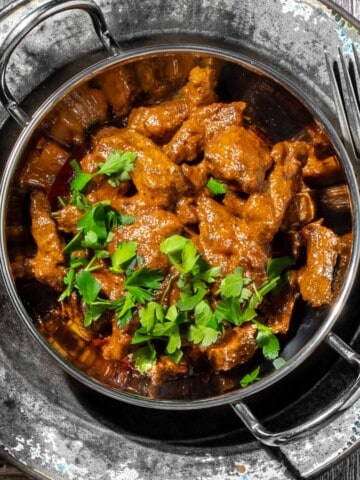
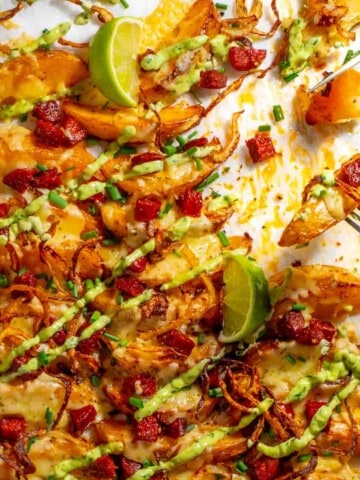
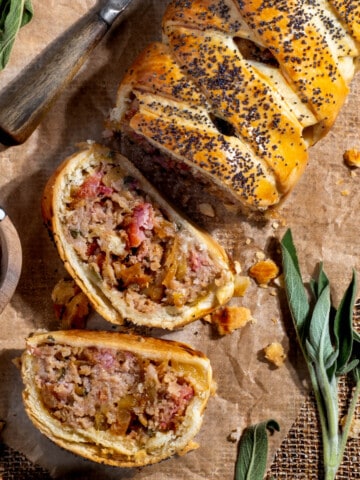
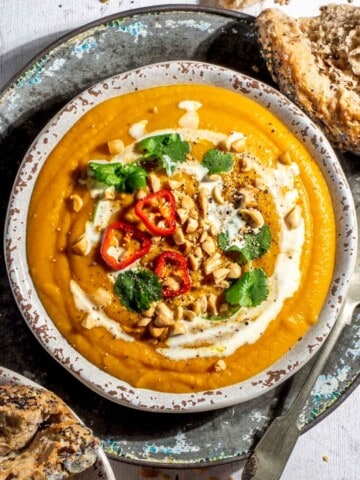
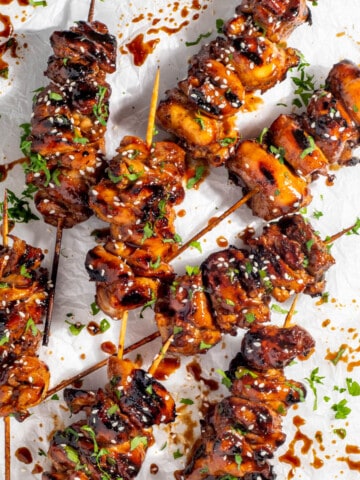
Leave a Reply